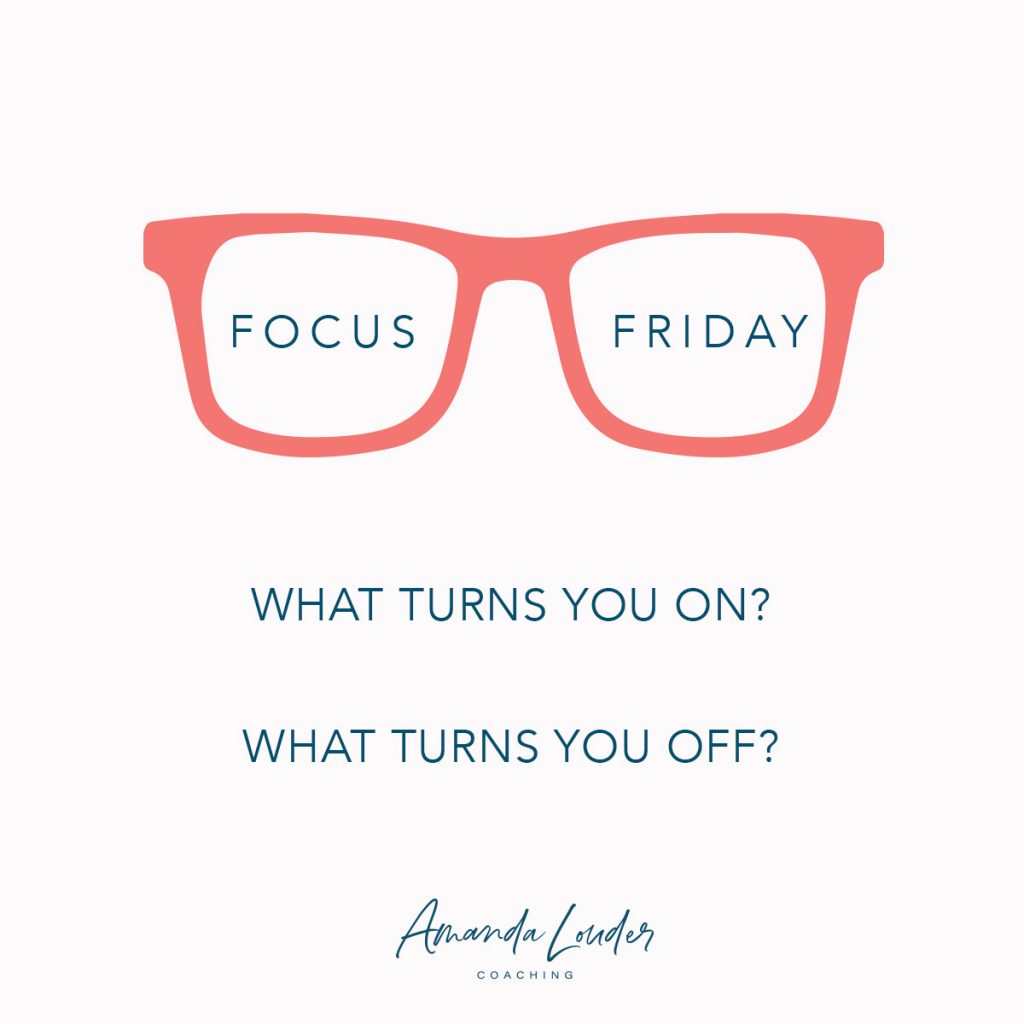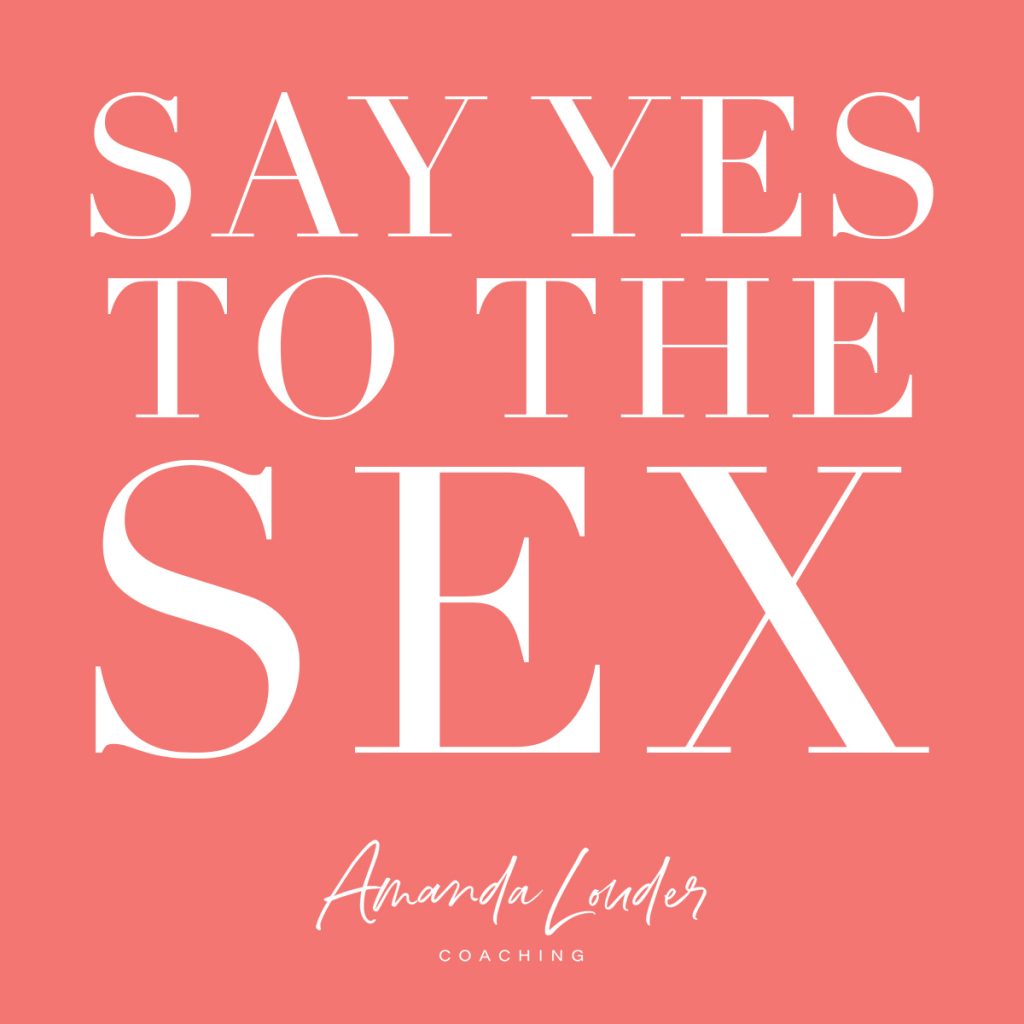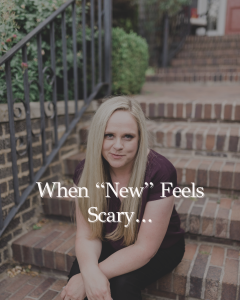
What turns you on? What turns you off? Many women think that there is something wrong with their accelerator. They wonder where their sex drive went. But they often don’t understand all of the things that hit their brakes. Knowing your accelerators and brakes are essential to understanding your desire and why you might not just want sex and the drop of a hat, but if you can get started then you’ll be good to go.
Download your FREE Worksheet!



Show Notes:
Follow Amanda on Facebook and Instagram.
Join Amanda’s Private Facebook Group.
References for this episode:
Come As You Are by Emily Nagoski, Ph.D.
Show Summary:
I mentioned last week in the Stage of Sex episode that we would be talking more about spontaneous vs. responsive desire. This is a crucial piece for women to understand. You may also hear it referred to as the Dual Control Model.
Our central nervous system is made up of a series of partnerships of accelerators and brakes. You are probably familiar with the Sympathetic and Parasympathetic Nervous Systems. The Sympathetic Nervous system is your fight or flight response. It’s an accelerator. The Parasympathetic Nervous System is often called the Rest & Digest system. It’s the brake.
Our sex drive works the same way. We have accelerators and brakes.
Accelerator and Brakes
The Sexual Excitation System is the accelerator of sexual response. It receives sexually relevant stimuli in the environment – things you see, hear, smell, touch, taste, or imagine and sends signals from the brain to the genitals saying “TURN ON.” This system is continuously scanning your thoughts and feelings for things that are sexually relevant. That is why you need to be cultivating those thoughts and feelings on purpose so that your Sexual Excitation System can see those thoughts and feelings and work in your favor.
You also have a Sexual Inhibition System. This is your sexual brake. And there are actually two brakes within this system. One of the brakes (like the accelerator) is continually scanning the environment for reasons why you shouldn’t be aroused right now, things that might be threatening and sends signals saying, “TURN OFF!” It’s like the foot brake in your car, braking in the moment. For the most part, this is a good thing. It’s sending you “OFF” signals, so you aren’t getting aroused in a meeting or at dinner with your family. It’s also the system that throws the off switch when your kids walk in the middle of you getting it on.
The second brake is more like an emergency brake. It’s a chronic, low-level, no-thank you signal. If you drive with the emergency brake on, you can probably still get where you want to go, but it will probably take longer and use more gas. Where the foot brake is associated with more of a “performance consequence” like pregnancy, STD, social consequences of you being aroused, the emergency brake is more associated with “performance failure,” like worrying about not having an orgasm.
Now that you know about accelerators and brakes, you can maybe see why you are having problems with desire. But when specific issues come up, you still need to determine if it is an accelerator problem or a brake or emergency brake problem. Are you not stepping on the accelerator enough to go somewhere, or do you have the brakes on? Or more likely is that it’s a combination of both.
Arousal
Arousal is a combination of two things – giving the accelerator some gas and letting off the brakes. But it also depends on how sensitive those accelerators and brakes are. Some people have more sensitive systems. A sensitive brake, regardless of the accelerator, is the strongest predictor of sexual problems. These are the women that have to have things “just right” to get aroused. All the brakes have to be off. They can’t be worried about the house being a mess, or the kids walking in. They can’t be worried about if they are going to have an orgasm or not, or how long it’s going to take. Those thoughts all put the brakes on, and then arousal doesn’t happen no matter how much stimuli is happening.
So can you change? The answer is yes…and no.
We are all born with these systems, which more or less remain stable throughout our life. So you may not be able to change the mechanism itself, but you can probably change what the mechanism responds to.
If you have strong brakes, you need to work on reducing or removing the sexual threats, once you identify them. If dishes in the sink make it so you can’t get aroused, make sure the dishes are done. If you recognize the things that push on your accelerator, you can increase those in your life.
What we find sexually relevant isn’t innate. It’s learned. You can teach your brain what is sexually relevant and what isn’t. But first, you need to know what things turn you on and what turns you off. I’ve created a worksheet, available for download to help you figure it out.
Common things that activate our brakes
- To-do lists
- Chores
- Kids
- Stress
- Jobs
- How we feel about our body
- How we think about our husband and our relationship
- Religious beliefs about sex being bad
- Depression
- Anxiety
- Expectations around sex
So you may not have a sensitive brake, but your accelerator can’t go anywhere when you’ve got all these things happening that are putting your brake all the way to the floor. You need to work on lightening the load on the brake so that the accelerator can do its job. Have your husband help you clean up the house. Get a babysitter. Learn to love your body. Take the pressure off yourself for a little while to have sex. Lighten the expectations and get the brake off the floor.
Now, you also need to figure out what makes your accelerator work. What turns you on? These are usually divided into four categories.
- Love/Emotional Bonding Cues: feeling a sense of love, security, commitment, emotional closeness, protection, and support. And remember – YOUR thoughts create all those feelings. Not by what your spouse is doing or saying.
- Explicit/Erotic Cues: maybe you are watching a sexy movie, or reading a love scene in a book. Anticipating having sex or knowing how much your partner desires you or seeing his arousal.
- Visual/Proximity Cues: seeing your spouse all dressed up or maybe a toned-body.
- Romantic/Implicit Cues: this one includes more intimate behavior such as sharing a hot tub or a massage or other intimate touch and maybe dancing or cuddling.
It’s a matter of finding the right balance of these things FOR YOU! No one is the same. But identifying your turn-offs and turn-ons is a great start to creating more desire in your relationship. And what worked before you were married isn’t necessarily going to work now because the context of your relationship is different. You are a different person now than you were then, so of course, your body and your brain are going to respond differently.
Spontaneous vs. Responsive
What we tend to think of desire is what we call spontaneous desire. It just appears. Maybe you see a sexy person or think a sexy thought and BAM! You think, “I want sex.” But, most women find that they only want sex AFTER sexy things are already happening. If your husband can finally convince you to have sex, once you get going, you like it. You want it. You desire it. But it takes you a while to get there. This is completely normal. This is what we call RESPONSIVE desire. If you have responsive desire, there is nothing wrong with you. You just need more of a reason to have sex than those who have more of a spontaneous desire. You need to understand what takes off your brakes and puts on your accelerator.
When you were dating your spouse, you had lots of things that were pushing on the accelerator; the fantasy of him picking you up, taking you on a date, what you’d both be wearing, how he would smell. He was probably pretty affectionate in other ways (because you couldn’t have sex until you were married). He held your hand, brushed the hair out of your face, lightly caressed your arm. All of this was building, building, building that sexual tension. It was creating that desire so that when you finally got married and could have sex, you were aching for it. You wanted it so bad. But now you’ve got everyday life putting on the brakes and chances are he’s not still woo-ing you in the same way he was when you were dating. And that’s ok. But you’ve got to figure out other ways to create that fantasy and desire now.
I’ve had a lot of listeners and followers on Instagram reach out to me and let me know how much just listening and seeing my posts on social media is helping their sex life because it is bringing thoughts about sex to their mind every day, which increases their desire. We have to purposely think about sex and think about our spouses in ways to create that desire for ourselves because, most likely, it’s not going to just spontaneously happen.
You also have to be willing to take that initial step of saying “YES,” knowing that when you do, desire will happen as a result of arousal. It’s not necessarily going to come before.
Alright, my friends. I hope that gives you a little more insight into spontaneous and responsive desire. Most of the information shared with you comes from a book called Come As You Are by Emily Nagoski. It’s a fantastic book that has so much more information than I could share with you today. I highly recommend you read it to understand this concept even more. You can also look up her TED talks.



